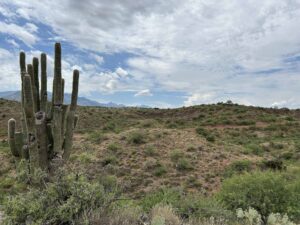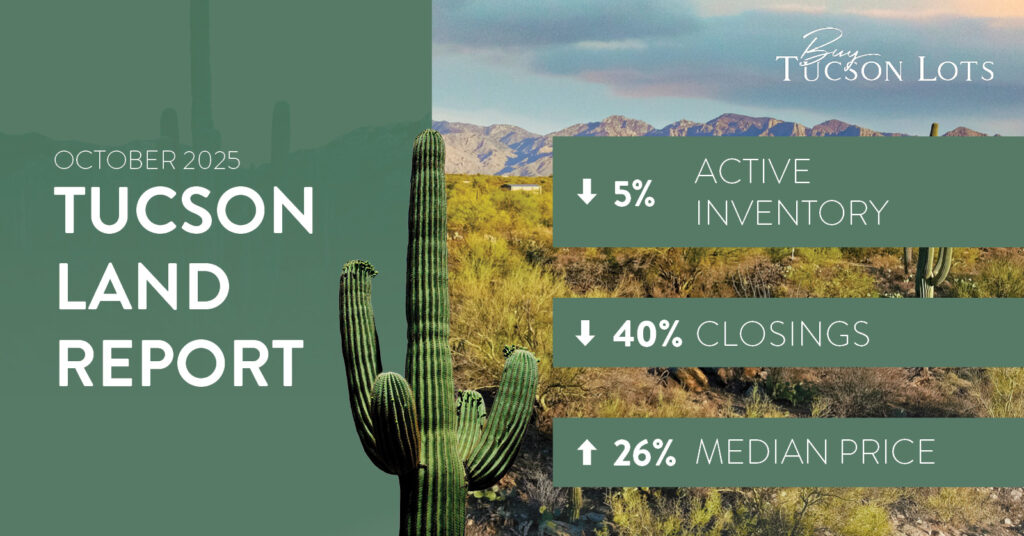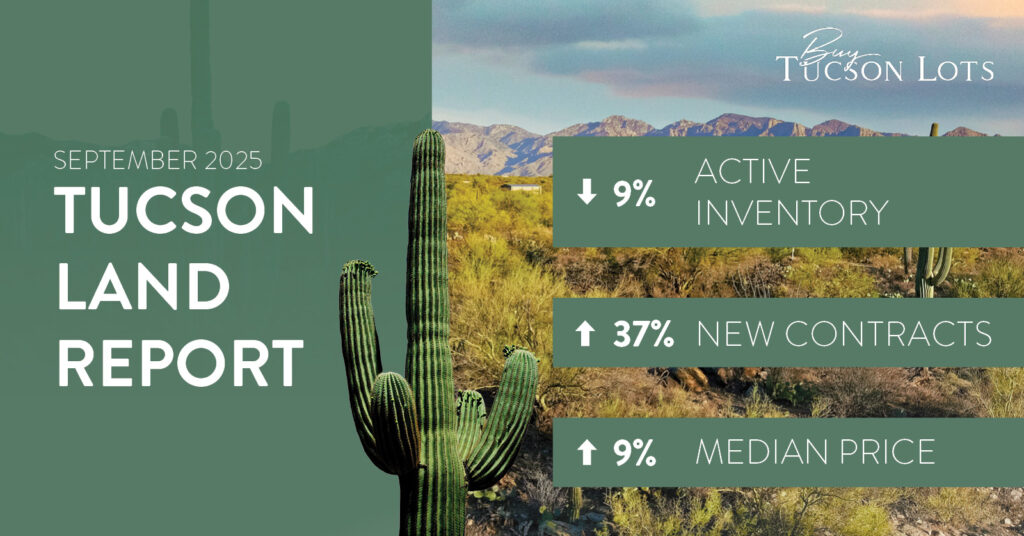A Little History
In 1994 the first language was adopted in the Pima County Regional Flood Control District’s Floodplain Management Ordinance (Ordinance) to promote riparian habitat protection. As part of identifying the protected areas Riparian Classification Maps were developed. In 2005 the map was updated based on improved data to include more riparian habitat to be protected by the Ordinance. Unfortunately this regulation often is unknown to a person buying land and often catches people off guard.
Arizona is a Buyer Beware State
What is the definition of “buyer beware”? In general this term means that the buyer assumes the risk that a product may fail to meet expectations or have defects. When a person is buying property this means it is the responsibility of that individual to find out everything they need to know about the property prior to the purchase. From a regulatory perspective if there is a violation on the property this violation can be passed on to the new property owner.
Do You Want to Buy a Violation?
Of course not! Consequently it is very important to do the research necessary to educate yourself prior to purchasing the property. The easiest way to find out if the property in question is located in Regulated Riparian Habitat is to call Pima County Flood Control District (District) at 724-4600 and ask for a hydrologist. Provide the parcel number or address and the hydrologist can tell you if the property is in regulated riparian habitat. The hydrologist can also let you know if the property is in floodplain and if there is a current violation on the property.
Disturbance within Regulated Riparian Habitat
Sometimes property has disturbance to Regulated Riparian Habitat and there is not an active violation on the property. This can be discovered when a permit for development activities is applied for and the District reviews the permit application for compliance with the Ordinance. This is often when non-compliance issues are found by the District.
Often property owners do not know their property is located within mapped riparian habitat and will disturb the riparian habitat without checking the appropriate agencies to see if the impacts to the property require permits. The disturbance can be as simple as clearing the vegetation for a dirt driveway, something that does not necessarily need a building permit but could require a floodplain use permit.
If all or even a portion of a property has been cleared, or if there are structures on the property, prior to purchasing the property it is important to find out if the property has had the proper permits for the impacts to the parcel. Again, contacting the local Development Services Department and Floodplain Agency can be very helpful in finding out if there are issues with the property of interest.
Stay tune for further information on what is considered disturbance in Regulated Riparian Habitat. You might be surprised!







